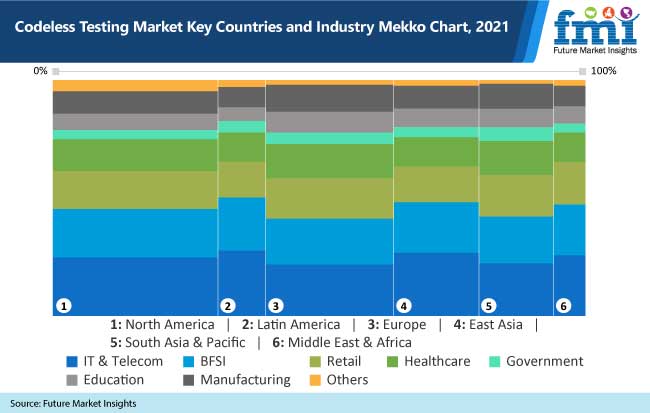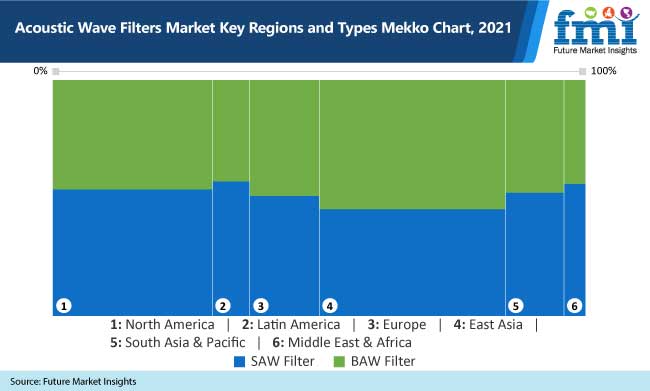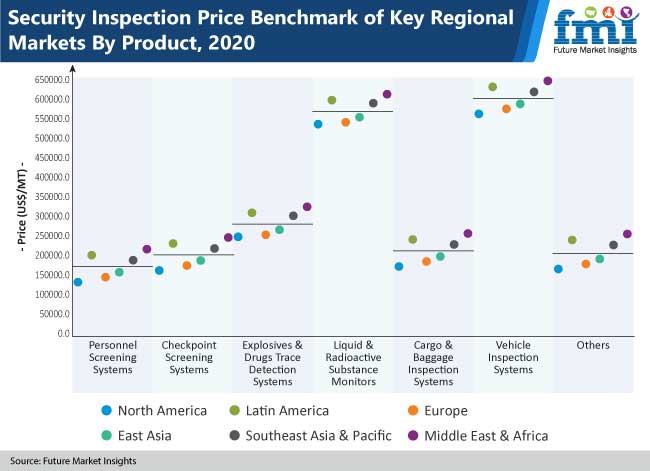The global radio frequency integrated circuits (RFIC) market is anticipated to grow at around 8% CAGR through the period of 2021 to 2031, and reach a valuation of US$ 45 Bn by 2031-end.
In the past decade requirement for the RFIC products increased with the growing demand for optical, wireless, and other high frequency consumer electronic products.
Request a Sample of this Report @ https://www.futuremarketinsights.com/reports/sample/rep-gb-7083
Radio frequency integrated circuits are made available in the frequency range of 900 MHz to 2.4 GHz. The RFICs are gaining the rapid popularity in the technological deployment because of the ability to work as application specific ICs (ASICs) and configurable with several applications similar as application specific integrated circuits (ASICs).
Infrastructure development registered in the telecommunication industry of emerging and developed economies alike is attracting several semiconductor manufacturers. The deployment of next-generation LTE networks and 5G is a current technological trend in the telecom industry.

Telecom operators were expected to launch 5G networks in 2018. It has been observed that semiconductor manufacturers have started upgrading their product offerings for 5G-capable infrastructure.
Recently, Samsung Electronics Co, Ltd. launched 5G-capable RFICs with an aim to cater to the demand from the telecom industry. As per FMI analysis, 5G-capable chips are creating high opportunities for the manufacturers of RFICs. Hence, the manufacturers of RFICs can invest and upgrade their product portfolio in the 5G segment.
Key Takeaways: Radio Frequency Integrated Circuit Market
- Demand for RF amplifiers IC is estimated to surge. However, the RF switch IC segment is estimated to continue to hold a significant market share through 2031.
- The market for consumer electronics segment is expected to account for dominant share of 29% by 2031. Rising demand for consumer electronic products and the emergence of next-generation wireless devices are among major factors driving growth in the segment.
- While China is expected to remain dominant in East Asia, the demand in South Korea and Japan will rise at a higher pace.
- The market for radio frequency integrated circuit in GCC countries and the U.K. is expected to surge remarkably, exhibiting growth at around 13% and 8% CAGR, respectively.
- Radio frequency integrated circuit demand in Canada is anticipated to witness strong growth at over 7% CAGR between 2021 and 2031.
- The Mexico market for radio frequency integrated circuit is projected to grow at a remarkable CAGR of over 9% through 2031.
Ask An Analyst @ https://www.futuremarketinsights.com/ask-the-analyst/rep-gb-7083
“Internet service providers are focusing on offering seamless experience to the end users, which can be achieved using RFICs in their networks to provide higher bandwidth and higher speed to the network service end users. RFIC circuits are extensively utilized for performing functions such as signal filtering, frequency conversion and amplification. This is fueling the demand for RFICs across the world,” says FMI analyst.
COVID-19 Impact Analysis on Radio Frequency Integrated Circuit Market
While ensuring employee safety and business continuity remained paramount, public companies were simultaneously challenged by a sudden decline in consumer demand, a continuing halt or reduction in onsite activities, and global supply chain issues.
Disturbances experienced by the supply chain around the world compelled manufacturers to adopt technologies which will allow remote manufacturing capabilities without the need for investment in large areas. Thus, the market experienced a drop in growth in 2020, however it is anticipated to regain momentum by second half of 2021.
Hence, the radio frequency integrated circuit market is estimated to grow around 4% to 5% Y-o-Y from 2019 to 2021.
Advanced Packaging Technologies for RFIC
In the current wireless market, competitive pressures are driving the electrical performance of RF integrated circuit devices to new levels. At the same time, requirements for packaging of these RFICs have caused more resources to be focused on solutions.
The result has been that high frequency packaging is called upon to provide low cost, thermally efficient, miniaturized products for a wide range of wireless telecommunications applications.
The packaging of RFICs covers a wide range of technologies, with a number showing promise for future developments. Advanced package technologies include many forms of multiple chip modules (MCM), leadless array packaging as well as thermally enhanced packaging in ceramic and laminate substrate materials. These packaging tools have been creating lucrative growth avenues for the global RFIC market.
Who is Winning?
Some of the leading companies operating in the market are Infineon Technologies AG, Analog Devices, Inc., Texas Instruments, NXP Semiconductors, STMicroelectronics, Microchip Technology Inc., among others. In order to gain competitive advantage, some of the leading market players are focusing on business expansion to maintain their global presence.
- For instance, in May 2020, Murata started Kanazawa Murata Manufacturing Sendai Plant and established a new group company with the name of Sendai Murata Manufacturing Co., Ltd. The company aims to enhance the high-frequency electronic component business and ties to the local community as a production subsidiary of the Murata Manufacturing Group.
Buy Complete Report @ https://www.futuremarketinsights.com/checkout/7083
More Valuable Insights on Radio Frequency Integrated Circuit Market
FMI’s report on the radio frequency integrated circuit market is segmented into five major sections – product (RF transceivers IC, RF amplifiers IC, RF modulators/demodulators IC, RF mixers/multipliers IC, RF switch IC, and others), application (consumer electronics, telecommunication, automotive, media & broadcasting, medical devices, industrial electronics, and others), and region (North America, Latin America, Europe, East Asia, South Asia & Pacific, and the Middle East & Africa), to help readers understand and evaluate lucrative opportunities in the radio frequency integrated circuit market.



